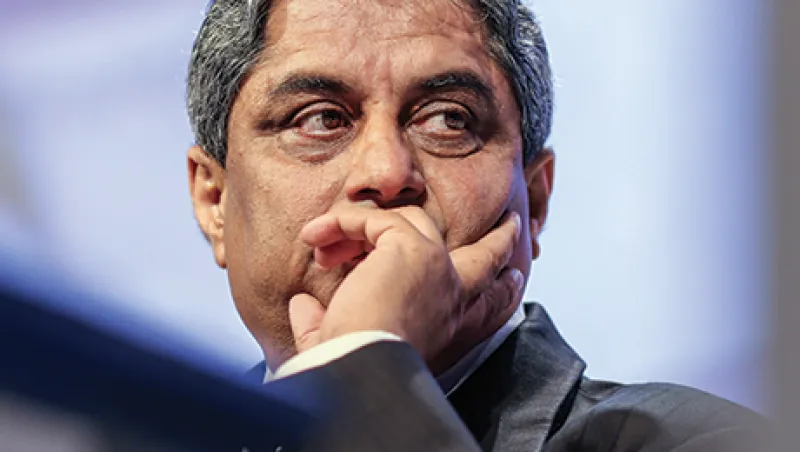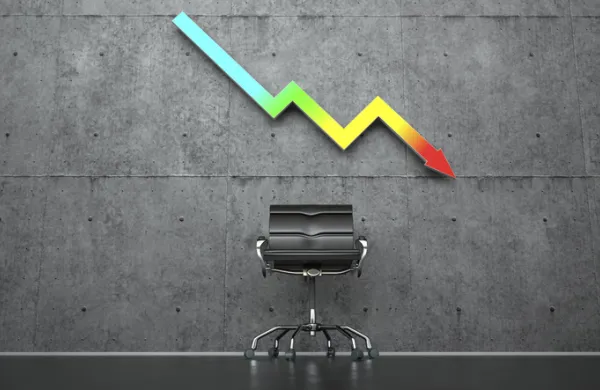Narendra Modi has set many targets since taking power as India’s prime minister in May 2014, but none has succeeded like his pledge to extend bank accounts to the rural poor.
In August, Modi announced the government would work with state-owned banks to create a basic bank account, in a program dubbed Pradhan Mantri Jan Dhan Yojana (Prime Minister’s People Money Scheme), that would allow holders to conduct simple payment services, get accident insurance and receive government food and fuel subsidies electronically. Roughly half of India’s 1.2 million people lacked access to the banking system, he noted, adding, “To tackle poverty, we have to end financial untouchability.”
Many observers dismissed Modi’s target of opening 75 million accounts by the beginning of this month to be wildly unrealistic. Turns out he was unduly cautious. The Finance Ministry announced earlier this month that banks had set up more than 115 million accounts and had begun sending cooking fuel subsidies directly to those accounts.
For the government, the scheme has two big advantages. India currently spends some 2.9 trillion rupees ($47 billion) a year on a raft of subsidies, but because most poor Indians are unbanked, as much as one third of that money gets lost to fraud or fees to middlemen. The new system promises to save billions in government subsidies and, by delivering benefits more efficiently, reinforce the political gains that Modi’s Bharatiya Janata Party made with rural voters in the May 2014 election.
The spread of the new accounts didn’t surprise Aditya Puri, boss of HDFC Bank. As the country’s largest commercial lender by market capitalization, HDFC has been blazing a trail into rural India over the past decade. Fully 55 percent of its 3,600 branches are in rural or semirural areas.
Reaching subsistence farmers in rural Bihar, in India’s northeast, requires a different model from the bank’s operations in relatively affluent centers such as Delhi and Mumbai. So HDFC adopted a bare-bones strategy. Many rural branches have a single manager rather than a staff of product specialists. They are equipped with “dumb PCs,” as Puri calls the low-cost, non-Windows machines. The bank developed its own credit-scoring system for rural customers with no credit history, and it created specific products for them, such as loans collateralized by gold jewelry, which for many rural Indians is among the most-valuable assets they own.
“We’ve got the brand, we’ve got the products, we’ve got the operations, we’ve got the technology, and we’ve got the people,” Puri says. HDFC still gets the bulk of its revenue and profits from India’s 15 largest cities, but assets and deposits are growing faster in rural areas and the business there is already profitable on an operating basis, not counting the investment costs of opening new branches.
“It’s a very large political constituency,” Puri says of rural consumers. “So any politician that comes in has to increase the affluence and the connectivity and the networking of this population.”
Rural banking is about to get more competitive. The Reserve Bank of India, which has been pushing the big banks to go rural for years only to be disappointed by their efforts, has solicited applications for two types of new banking licenses: for small finance banks to provide full-service banking to small companies and individuals, and for so-called narrow banks to offer basic deposits, payments and remittance services — but not loans — to low-income Indians. Central bank governor Raghuram Rajan says the RBI has received expressions of interest from a variety of parties and could end up awarding a narrow license to a nontraditional player, perhaps even a mobile telephone operator. India has become the world’s largest market for mobile handsets, by numbers, despite its low incomes, he notes. Banking should prove no different.
“We have a large part of the economy that is excluded from the financial sector,” Rajan says. “And my sense is that somebody who can figure out the business model that brings them in is going to be able to make reasonable profits from that — just as with mobile companies.”
Ajay Shah, an economist at India’s National Institute of Public Finance and Policy, criticizes Rajan’s initiative as too timid. Shah led a research team for the Financial Sector Legislative Reforms Commission, a government panel that recommended wide-ranging reforms in 2013, including a broader opening of the banking system to new entrants. The RBI, which has awarded only two new banking licenses under Rajan, seems more concerned with guarding its own preeminence in the financial system than fostering innovation, he contends. “What is needed is a deeper reshaping of the competitive landscape of the industry,” Shah says.
For his part, Puri says HDFC has little to fear regardless of how much competition comes to rural areas. Modi’s new accounts offer little more than ways to send and receive money, he notes; the RBI’s proposed narrow bank is not much better, adding simple interest-bearing deposit accounts. Both are likely to appeal only to consumers at the very low end of the income spectrum, not to Indians who may aspire to a motorbike loan or even a credit card.
“If you are a guy in the village and you just finished a hard day’s work, do you want to go to one fellow for payments, another fellow to get your loan, a third fellow who has a small bank and a fourth fellow for your credit card?” Puri says. “Or do you want to come to me?”
See also “Prime Minister Narendra Modi Has High Hopes for India.”
Follow Tom Buerkle on Twitter at @tombuerkle.






